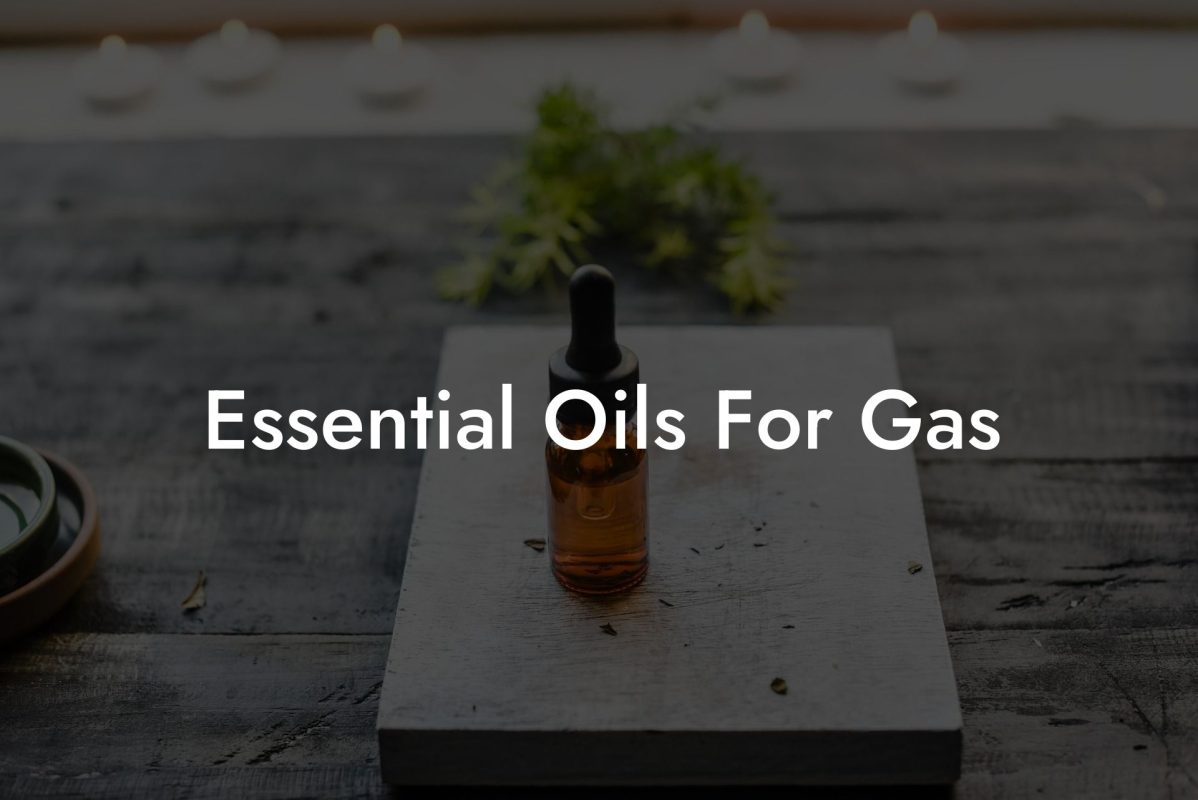Have you ever been curious about making your own essential oils? With the popularity of wellness and aromatherapy, many people are seeking ways to create custom essential oil blends to enhance their lifestyle and achieve their desired wellbeing outcomes. In this article, we will look at the process of making essential oils, methods for extraction, and even guide you through a realistic example to help you get started on your journey.
Table of Contents
Understanding Essential Oils
Essential oils are concentrated plant extracts that capture the natural essence and aroma of the plant. They are typically extracted from flowers, leaves, stems, roots, and fruits through various processes such as steam distillation, cold pressing, and solvent extraction.
Using essential oils in aromatherapy and for various therapeutic purposes has become increasingly popular in recent years. While you can purchase essential oils from various retailers, many enthusiasts are now opting to make their own unique blends to cater to their needs and preferences.
Methods of Extraction
There are several extraction methods that can be used for creating essential oils, including:
- Steam Distillation: This is the most commonly used method and involves passing steam through the plant material, releasing the essential oil into the steam. The steam and oil then condense back into a liquid, which is collected for use. This method produces high-quality essential oils that retain their unique properties and aroma.
- Cold Pressing: This method is mainly used to extract the essential oils from citrus rinds like oranges, lemons, and grapefruits. The rinds are mechanically pressed, releasing their oils without the use of heat or solvents.
- Solvent Extraction: This method is used for delicate plant materials, such as flowers, that require a gentler extraction process. Solvents, such as hexane or ethanol, are used to dissolve the essential oils, which are then evaporated and collected as a concentrated oil.
Choosing the Right Materials
Before you begin making your own essential oils, it’s essential to choose the right plant materials. It’s best to use fresh, organic, and pesticide-free plants to ensure you’re extracting the purest, highest-quality oils. Be sure to thoroughly cleanse and dry the plant materials before beginning the extraction process.
Equipment Needed
Depending on the extraction method you choose, you will need specific equipment. For steam distillation, you’ll require:
- A glass distillation apparatus with a condenser
- A heat source like a hot plate or electric stove
- Glass containers for collecting the essential oil
- Thermometer
For cold pressing, you’ll need:
- A citrus zester or peeler
- A glass container with a tight-fitting lid
For solvent extraction, you’ll need:
- Solvent like hexane or ethanol
- Glass container with a tight-fitting lid
- Filter paper
Simple Extraction Example: Lavender Essential Oil
As an example, let’s extract essential oil from lavender using steam distillation. Follow these steps:
How To Make My Own Essential Oils Example:
- Coarsely chop the lavender and add it to the distillation chamber of your glass distillation apparatus.
- Fill the boiling flask with water and attach it to the distillation chamber containing the lavender.
- Place the heat source underneath the boiling flask, making sure to check the water level throughout the process to avoid any accidents.
- Once the water begins to boil, it will produce steam which will pass through the lavender, releasing the essential oil.
- The steam and essential oil will move through the condenser, cooling and condensing back into a liquid.
- Collect the liquid mixture in a glass container. Since essential oils are lighter than water, they will float on top. You can use a pipette to separate the oil from the water.
- Ensure to properly store your essential oil in a dark glass bottle, away from sunlight and heat to maintain its potency and shelf life.
Now that you’ve learned the basics of making your own essential oils, the possibilities are endless when it comes to creating unique and personalized blends. Experiment with different plant materials, methods, and techniques to find what works best for you and to discover the true essence of nature’s wonders. Be sure to share your newfound knowledge and experiences with your friends and family, encouraging them to explore the world of essential oils and the vast benefits they offer. Don’t forget to check out other guides on Oshu Oils’ blog and explore the Oshu Oils range of essential oils to elevate your aromatherapy journey further. Who knows, you may even consider becoming an aromacologist yourself someday!





















